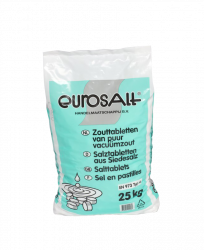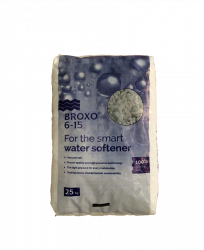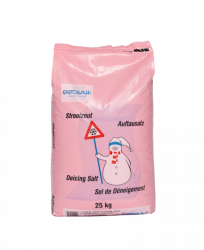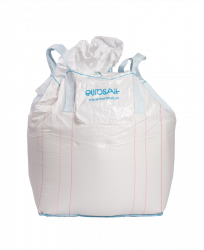Salt in Groningen
Groningen is the capital of the Dutch province of Groningen and the largest core in the municipality of the same name. In large parts of the northern part of the Netherlands the city is also referred to as City. The municipality of Groningen had a population of 202,810 as of 1 January 2018.[2] This makes it by far the largest city in the northern Netherlands and the seventh largest in the Netherlands. On 1 September 2014, the milestone of 200,000 inhabitants in the city of Groningen was reached.
No written city rights of Groningen are known. Due to its relatively isolated location in relation to the successive actual centres of power (Utrecht, Brussels and The Hague), the city was historically mainly dependent on itself and its immediate surroundings. As a Hanseatic city, Groningen was part of the North German trade network. Later, the city became primarily a regional market centre. The city developed into, and was for centuries de facto, a city-state.[3][4][5] Since the time of the Republic, Groningen belonged nominally to the Netherlands, but until the French era, Groningen remained an autonomous city, which ruled most of the province. The city was severely damaged during the Second World War: not only did Groningen lose 3300, mainly Jewish, civilians, during the liberation in 1945 a large part of the inner city went up in flames.
Road salt is also a generally accepted de-icing agent in Groningen. It lowers the freezing point of water. The salt (almost always sodium chloride, NaCl, sometimes calcium chloride, CaCl2) mixes with the water present (ice or snow) to form brine. Because brine has a lower freezing point than water, it will freeze less quickly so that less slipperiness occurs. After sprinkling salt, there must be sufficient traffic to get a good mixture. Brine is a mixture of water and salt. When a substance is dissolved in water, the freezing point of the solution drops. For example, if water contains 1 molal of sodium chloride, the freezing point will be lowered by about 1.86°C. The freezing point reduction can be calculated using cryoscopic constant. At lower and lower temperatures sodium chloride becomes less effective. To still melt ice, calcium chloride can be used, which is however much more expensive.
Wet salt in Groningen
Nowadays wet salt is mostly used. In that case, the spreading machine is equipped with liquid tanks (usually on the side), in which pre-mixed brine is stored. The dry salt is mixed with brine before it is released, where the salt grains clump together. The advantage of this is that the mixture is more homogeneous than dry salt, allowing it to be scattered much more accurately. In addition, much less dust is created behind the spreader. It is therefore possible for the spreader to drive faster, up to 70 km/h (against a maximum of 40 km/h with dry salt spreading). Wet salt also adheres better to the road surface due to crystallization and because wet salt blows less quickly, it is also suitable for preventive spreading.
Effects of brine in Groningen
Spreading salt is not without risk. For example, car bodies need to be well protected against oxidation because brine reacts strongly with metals.
Another influence is the salinization of the soil next to the road, which affects the flora's environment. For example, salt-loving plants, such as English grass, can be found along many roads, far from the coasts where they are normally found.
However, due to increasingly sophisticated equipment and new techniques, such as wet salt spreading, the accuracy with which the salt is brought onto the road has been greatly increased in recent years, which has resulted in a lower environmental impact. Not only is the dosage used a lot lower than before (often only 10 g/m2 is spread), also much less is spread on the verge.




